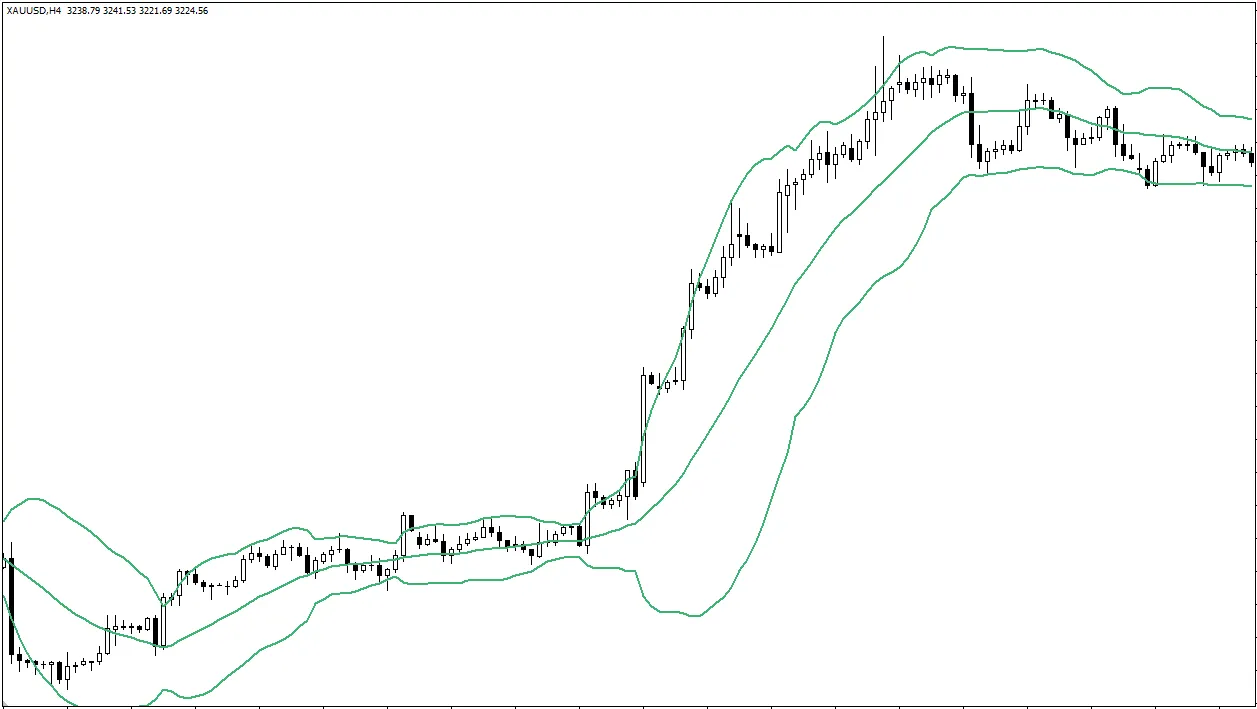The Best Days for Forex Trading: Golden Days of the Week
In the Forex market, traders need to focus not only on choosing the right trading time but also on identifying the best days of the week to trade.Although the Forex market operates 24 hours a day, five days a week, the market's volatility, liquidity, and trading opportunities vary across different days. Understanding the best trading days of the week can help you optimize your trading strategies and seize the greatest market opportunities.
1. Weekly Market Volatility
The volatility of the Forex market varies throughout the week.Generally, market volatility and liquidity gradually increase at the beginning of the week, peak midweek, and decline towards the weekend.
- Monday:
Market characteristics: On Monday, trading volume is relatively low, especially during the Asia-Pacific session, as the market is generally calm. This is because the market needs time to digest events from the weekend, and major financial markets are not fully operational.
Suitable strategies: Due to low volatility, range trading strategies are recommended for Monday. Traders can use support and resistance levels for short-term trades. - Tuesday:
Market characteristics: As the calmness of Monday subsides, market activity accelerates on Tuesday. Liquidity increases, and volatility strengthens, particularly as European and American markets are fully operational, often leading to significant price movements.
Suitable strategies: Trend trading and breakout strategies are ideal for Tuesday, as the market may establish clear trends. - Wednesday:
Market characteristics: Wednesday is a pivotal day in the Forex market, as volatility often reaches its weekly peak. U.S. economic data releases and global market dynamics contribute to significant currency pair movements.
Suitable strategies: High-volatility strategies like breakout and intraday trading are ideal for Wednesday. Traders can take advantage of high market volatility to capture substantial price movements. - Thursday:
Market characteristics: Thursday remains active, with high liquidity and volatility as market participants execute major trades before the weekend. It is also a key day for U.S. economic data releases (e.g., initial jobless claims), further fueling market volatility.
Suitable strategies: Thursday is suitable for short-term trading and trend-following strategies, especially after major economic data releases, to capitalize on market volatility. - Friday:
Market characteristics: Market activity is still robust in the early part of Friday, especially during the U.S. market opening. However, as the weekend approaches, trading volume decreases, liquidity wanes, and volatility diminishes, particularly in the latter half of the New York session.
Suitable strategies: Friday morning is ideal for short-term traders to capitalize on the last market volatility opportunities. However, traders should avoid holding open positions in the latter half of Friday to mitigate weekend gap risks.
2. The Best Trading Days of the Week
Based on market volatility and liquidity, the following are the most active trading days in the Forex market:- Tuesday to Thursday:
These three days are often considered the most active and profitable in the Forex market. Tuesday sees the market fully operational, Wednesday experiences peak volatility, and Thursday maintains high volatility, providing ample trading opportunities. - Special Cases on Monday and Friday:
- Monday: Due to the market just opening after the weekend, volatility is low, making it suitable for range trading. Traders should be cautious about weekend news and events that might trigger market volatility on Monday.
- Friday: While Friday morning offers trading opportunities, especially after U.S. economic data releases, liquidity decreases as the market approaches closing. Avoid holding open positions to prevent weekend risks.
3. Best Strategies for Midweek Trading
Depending on the trading day, traders can choose different strategies to optimize their results:- Range trading strategies for Monday:
With limited volatility on Monday, traders can rely on support and resistance levels for range trading and wait for breakouts to make further decisions. - Breakout strategies for Wednesday:
Volatility peaks on Wednesday, and markets often experience breakouts. Traders can use breakout strategies to capture trends after support or resistance levels are breached. - Trend trading strategies for Tuesday and Thursday:
With increasing market activity, Tuesday and Thursday are ideal for developing strong trends. Traders can utilize these trends for momentum trading. - Intraday trading strategies for Friday:
Friday mornings still provide intraday trading opportunities. Traders can leverage market volatility but should avoid holding positions close to the market close.
4. Avoid Trading During Low Liquidity Periods
Trading during periods of low market liquidity can increase costs due to wider spreads, limited price movement, and reduced profitability.- Early Monday:
When the market first opens, liquidity is usually low, volatility is limited, and it's unsuitable for short-term traders. - Late Friday:
As traders close positions and prepare for the weekend, market liquidity declines significantly, increasing uncertainty.
Conclusion
Different days of the week offer various trading opportunities in the Forex market. Tuesday through Thursday are typically the most active days, suitable for short-term and trend trading strategies. While Monday and Friday have lower volatility, specific strategies can still be employed effectively. Understanding the best trading days of the week and adjusting your strategies based on market volatility can help you capture opportunities more efficiently and achieve consistent profits.If you found this article helpful, feel free to share it with your friends.
Let more people learn about Forex trading knowledge together!
Let more people learn about Forex trading knowledge together!




